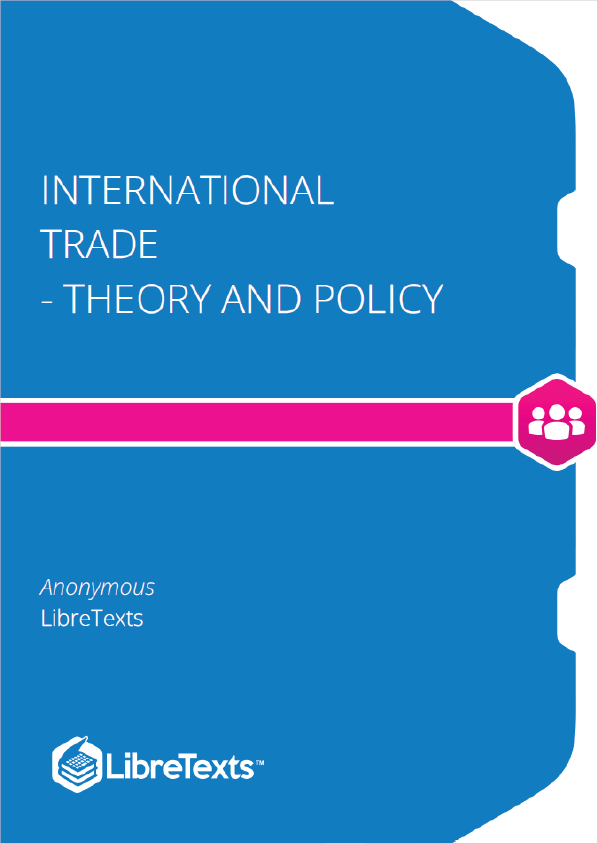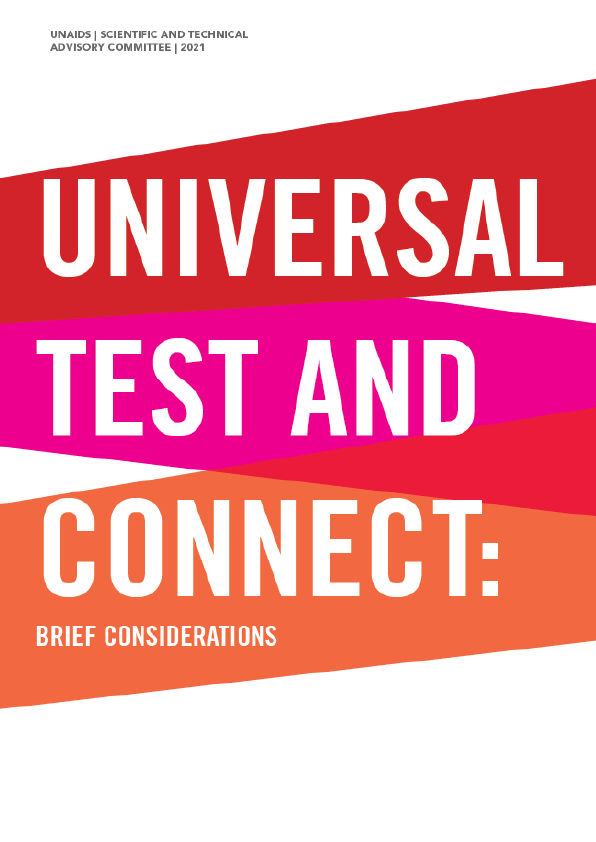This text is built on Steve Suranovic’s belief that to understand the international economy, students need to learn how economic models are applied to real world problems. It is true what they say, that ”economists do it with models.“ That’s because economic models provide insights about the world that are simply not obtainable solely by discussion of the issues. International Trade: Theory and Policy presents a variety of international trade models including the Ricardian model, the Heckscher-Ohlin model, and the monopolistic competition model. It includes trade policy analysis in both perfectly competitive and imperfectly competitive markets.
Introductory Trade Issues – History, Institutions, and Legal Framework
Economics is a social science whose purpose is to understand the workings of the real-world economy. An economy is something that no one person can observe in its entirety. We are all a part of the economy, we all buy and sell things daily, but we cannot observe all parts and aspects of an economy at any one time.
- For this reason, economists build mathematical models, or theories, meant to describe different aspects of the real world. For some students, economics seems to be all about these models and theories, these abstract equations and diagrams. However, in actuality, economics is about the real world, the world we all live in.
- For this reason, it is important in any economics course to describe the conditions in the real world before diving into the theory intended to explain them. In this case, in a textbook about international trade, it is very useful for a student to know some of the policy issues, the controversies, the discussions, and the history of international trade.
This first chapter provides an overview of the real world with respect to international trade. It explains not only where we are now but also where we have been and why things changed along the way. It describes current trade laws and institutions and explains why they have been implemented. With this overview about international trade in the real world in mind, a student can better understand why the theories and models in the later chapters are being developed. This chapter lays the groundwork for everything else that follows.
International economics is growing in importance as a field of study because of the rapid integration of international economic markets. Increasingly, businesses, consumers, and governments realize that their lives are affected not only by what goes on in their own town, state, or country but also by what is happening around the world. Consumers can walk into their local shops today and buy goods and services from all over the world. Local businesses must compete with these foreign products. However, many of these same businesses also have new opportunities to expand their markets by selling to a multitude of consumers in other countries. The advance of telecommunications is also rapidly reducing the cost of providing services internationally, while the Internet will assuredly change the nature of many products and services as it expands markets even further.
One simple way to see the rising importance of international economics is to look at the growth of exports in the world during the past fifty or more years. Figure shows the overall annual exports measured in billions of U.S. dollars from 1948 to 2008. Recognizing that one country’s exports are another country’s imports, one can see the exponential growth in outflows and inflows during the past fifty years.











